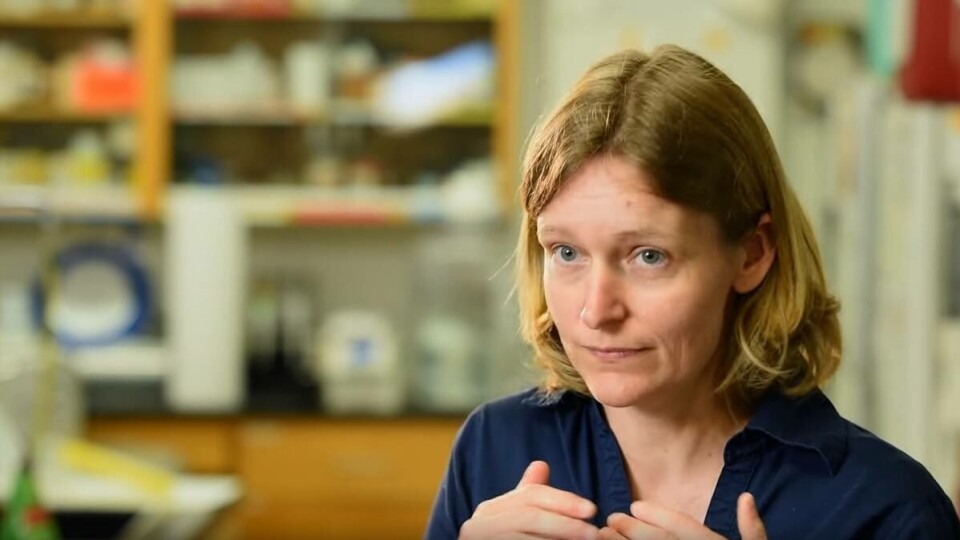
$700,000 search to plug lice knowledge gaps
Three US researchers have been awarded more than $700,000 to look at an integrated approach to addressing sea lice control in salmon farming.
Heather Hamlin, Deborah Bouchard and Ian Bricknell of the University of Maine’s Aquaculture Research Institute have been awarded $725,365 to carry out the work.
The study will address gaps in knowledge of sea lice biology and control methods, such as integrated pest management, and new, ecologically sensitive chemical compounds and their effects on non-target species, such as lobsters.

Reproduction and development
Hamlin is a reproductive endocrinologist primarily interested in the mechanisms by which environmental factors influence the reproduction and development of aquatic animals.
She will convene meetings with industry and regulators to understand the factors that prevent adoption of new sea lice control techniques and identify other impediments faced by the salmon industry.
The money is coming from the National Oceanic and Atmospheric Administration (NOAA) Sea Grant, which supports fishery and coastal projects.
NOOA Sea Grant also awarded the university’s School of Marine Sciences $692,216 for a project to inform shellfish aquaculture development with water quality data.
Building on the success of previous Sea Grant work that established satellite imagery as an effective tool for aquaculture site selection, the team will use the maps they have developed to refine a bivalve growth model to identify optimal growing locations for American oysters, European oysters, scallops and mussels.
They will share their findings in training sessions with growers and other practitioners interested in using satellite imagery for siting shellfish farms in their own region.























































